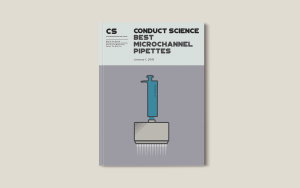
Best Microchannel Pipettes: A Comprehensive Guide
Introduction Pipetting, at first glance, would seem a fairly simple and easy task. Essentially described as glass or plastic tubes used to measure and transfer

In academia, the communication of your research is essential. Whether you are delivering a presentation, writing a research paper, or making an academic poster, you need to effectively communicate your message. But, not all forms of communication are created equal and creating a poster has its own set of challenges and advantages. Here, we will discuss how to create an excellent academic poster so that you can effectively communicate your work.
An academic poster is a combination of a professional presentation and your research paper. It should be a summary of the research you are presenting at a conference, that is visually augmented.
This type of communication provides the opportunity for more intimate discussions and increased interaction. Small groups of conference attendees come to view and read the academic posters, so it is likely that posters will be grouped by field or topic. This gives people the opportunity to wander the room and find interesting research to read.
Academic posters are found at conferences, symposia, in laboratory hallways, and are presented on informational days. The main reason that they are utilized is that it offers a way to spread knowledge and research more easily than through textbooks or lectures. They are visually appealing and only the most important information is presented.
This type of communication opens the door for easy collaboration since the setting is less formal than a lecture or conference presentation. Researchers are able to demonstrate their expertise and attention to detail and practice their public speaking abilities in an informal setting.
Academic posters are used to present information to researchers in a field, to those in related fields, and/or to potentially uninterested people that are attracted by a nice poster. It is important to provide something for each one of these audiences.
Those who are reading the posters are able to learn about the most current research in specific fields and share ideas with other scientists. Discussing research with peers is one of the most important aspects of academic work because it solidifies thought processes, opens the mind to new ways of thinking, and represents gaps in the field knowledge.
Your name and academic institution should also appear on the poster, preferably directly under the title.
A lot of the time, individuals choose to bold their abstract or make it stand out in some way. This will be the first thing readers choose to read after skimming the poster and deciding if they want to read through the entire thing. Make it easy for them to find it.
The introduction can be a shortened version of the one used in your research paper and can have a relevant image or an existing model that would be useful for setting the scene. The methods section does not need to be complete. Rather, consider making a flow chart or a visual representation of the research.
In the results section, including the figures, graphs, charts, or anything that can represent what was found – use words only when necessary. Highlight the main findings so they are easy to see when skimming the poster.
The discussion can be bulleted or in point form so that it is easier to read. An academic poster does not need to have all the information, this is simply a summary of the research. Put the most critical information in the discussion – the information that really matters.
Be sure to acknowledge everyone who made the research possible. For example, if there was a specific funder, collaborators, etc.
Remember that you want your poster to be eye-catching so that people are drawn in to read it. Good visuals and legible fonts are key to a good poster
The most important aspect of the appearance of your poster is organization. Understand the gravity of reading and know that your audience is going to read in columns – from top to bottom. When creating your poster, create an obvious flow for the eyes so that the reader does not need to think about where to look next. This can cause confusion and make them lose interest in the researcher.
Many people choose to include numbers as a way to ensure that the reader knows where to head next. But, if you do not include numbers, make the poster clean and organized. Use the white space to your advantage by creating divisions between sections.
Think about space in terms of positive (foreground space or the space to focus on) and negative (background space). If there is too much negative space, the poster will appear incomplete or unfinished. This creates a disassociated appearance. On the other hand, if there is too little negative space, the poster will appear cluttered, busy and sometimes difficult to read.
With fonts, you should be able to read everything on your poster from 6 feet away. The general rule of thumb is that the body should be at least 24 points, headings should have a minimum of 48 points, and titles should be a minimum of 72 points.
Not everyone is going to read your entire poster. Many will choose to skim it and consider if it is worth reading the whole way through or whether they wish to find you and have a discussion. When creating your poster, you can utilize what is known as a visual hierarchy to appease the people that are not going to read through the research right away. This ensures that they get a good idea of what the topic is and the main takeaways.
When thinking about a visual hierarchy, remember that as humans, we tend to focus on differences rather than similarities. Using color, contrast, fonts, orientation, and other graphic design features can give parts of your poster the necessary differences to attract the reader’s eye. For example, keeping headers large, bolding main messages, and using color to give a semblance of importance or lack thereof.
Color can turn a good poster into a great poster, but it can also decrease the effectiveness of the communication. Using too much color or too many different colors can make the poster look messy and unprofessional. A limit of three different colors is the typical recommendation, however, this can sometimes not be avoided (graphs and charts for example).
When working, to choose the colors to use, consider the differences in warm and cool colors. Warm colors are the reds, browns, and yellows. These colors stand out more and appear more active. They can evoke feelings of optimism and increased energy, but they can also be overwhelming when overused. Cool colors are blues, greens, and violets. They tend to fall into the background and create feelings of calmness. They can also evoke feelings of sadness.
If you work in academia, you are going to need to make a poster at some point. This is an effective way to informally communicate your research. Take advantage of the opportunity to get your paper out there. Just make sure that the poster is eye catching and well organized, while maintaining professionalism and communication efficacy
Gunfogan, B., Koshy, K., Kuar, L., & Whitehurst, K. (2016) How to make an academic poster. Annals of Medicine and Surgery 11:69-71. https://doi.org/10.1016/j.amsu.2016.09.001

Introduction Pipetting, at first glance, would seem a fairly simple and easy task. Essentially described as glass or plastic tubes used to measure and transfer

Resource Identification Initiative: A Key to Scientific Success and Analytics The key to success can be found in the essential principles of the Resource Identification

INTRODUCTION AND BRIEF HISTORY One of the most important pieces of equipment in the laboratory is the centrifuge, which facilitates the separation of samples of
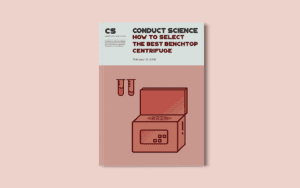
INTRODUCTION AND BRIEF HISTORY One of the most important pieces of equipment in the laboratory is the centrifuge, which facilitates the separation of samples of
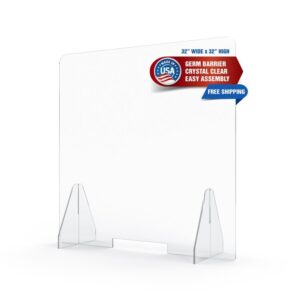
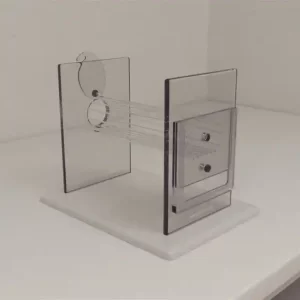

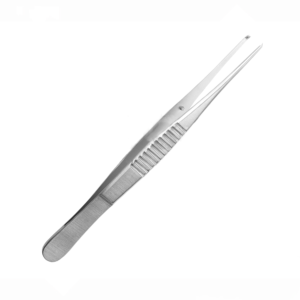

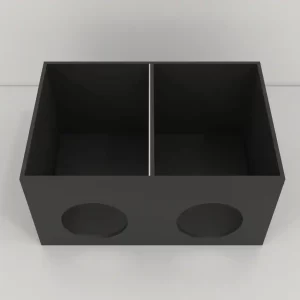
DISCLAIMER: ConductScience and affiliate products are NOT designed for human consumption, testing, or clinical utilization. They are designed for pre-clinical utilization only. Customers purchasing apparatus for the purposes of scientific research or veterinary care affirm adherence to applicable regulatory bodies for the country in which their research or care is conducted.